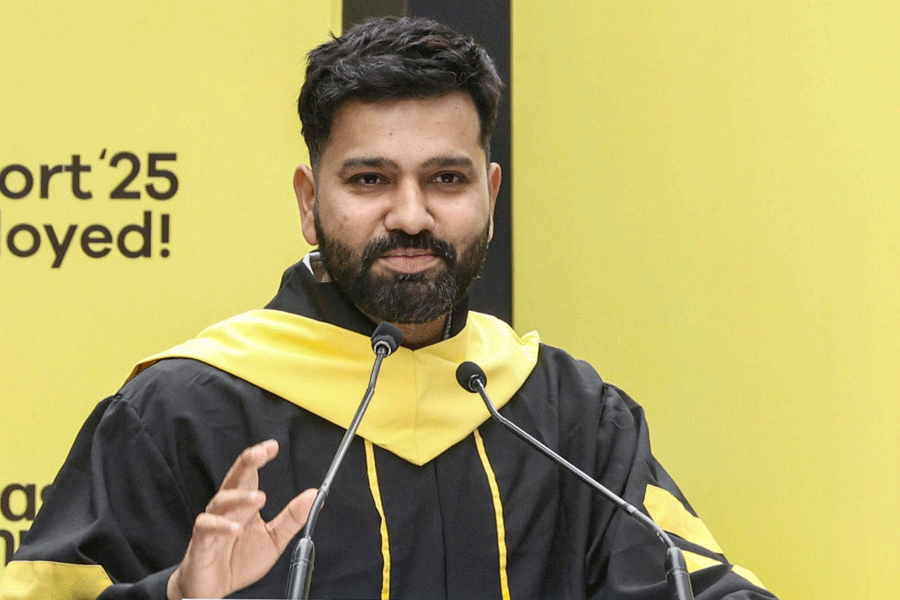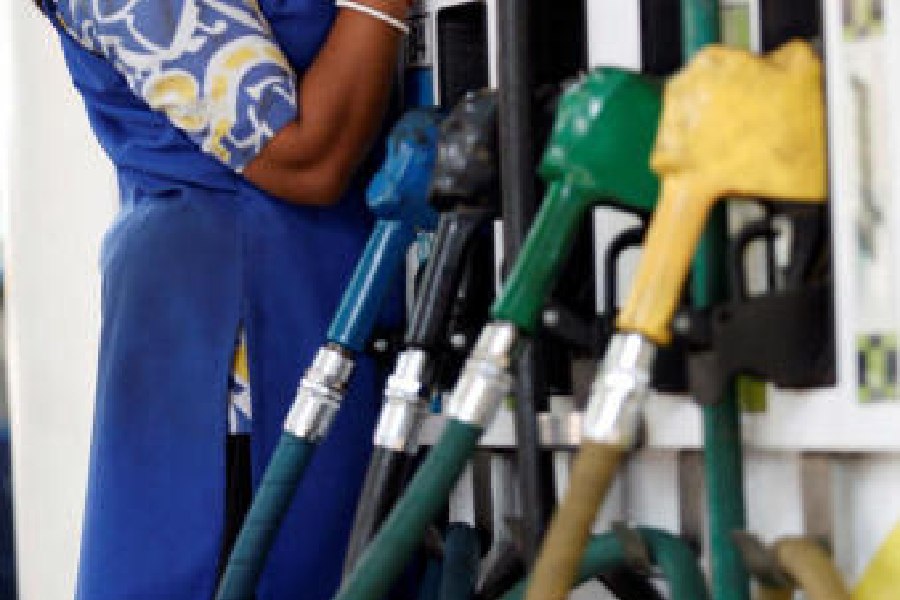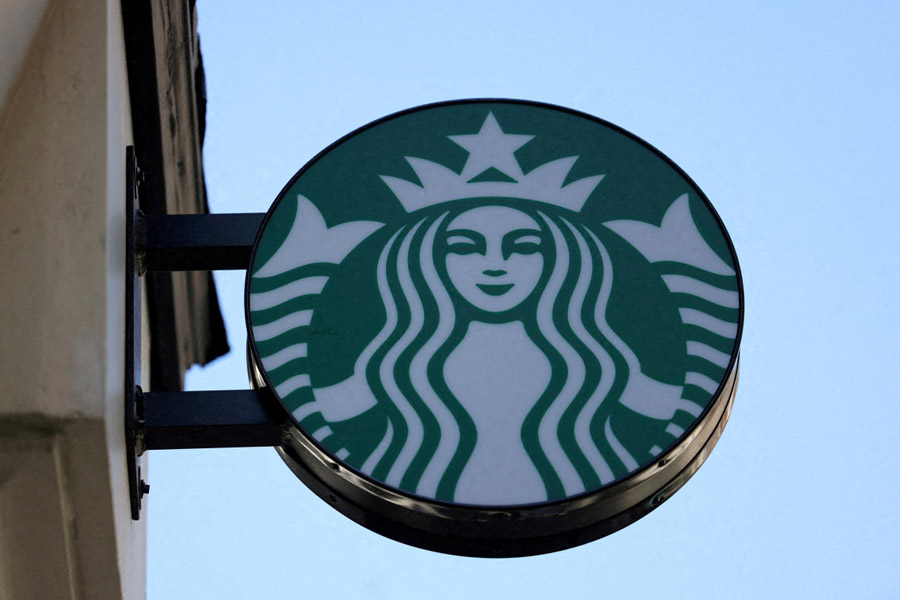Engineering exporters are upbeat on reaching the $100bn-mark within two years, but global sentiment stemming from tariff barriers and ambiguity over the continuation of the US generalised system of preference (GSP) remain a major concern.
EEPC chairman Ravi Sehgal on Wednesday said against an initial target of $90 billion in 2018-19, engineering exports may fall short by around $5 billion over protectionist measures.
“Our target was in the range of roughly around $90 billion this year, but we may end at around $85 billion. There are some preventive measures by the US and Europe on many steel items. The US has imposed a duty on steel and aluminium on India and China. So that has affected a lot of tubings and pipings,” said Sehgal on the sidelines of an eastern region award programme of the industry body.
Engineering exports, comprising iron and steel products, non-ferrous metal products, industrial machinery, automobiles and components and other products were $76.2 billion in 2017-18, recording a growth of 16.81 per cent over the corresponding period a a year ago. In the first seven months, the growth rate was 11.3 per cent.
Sehgal said exporters were facing multiple barriers such as a tariff war between the US and China, ambiguity over the continuation of US GSP scheme for India, possible phasing out of export promotion scheme with India’s per capita gross national income crossing $1,000 per annum and rising protectionism in developed countries.
The GSP programme allows duty-free entry of 1,937 products worth $5.6 billion from India into the US, benefiting the exporters of textiles, engineering, gems and jewellery and chemical products, EEPC said in a statement.
However, the industry body is optimistic of reaching three-digit export levels despite the headwinds with exports growing every year. “There are some protectionist measures and some global uncertainties. But before 2020 we should be touching $100 billion,” said Sehgal.
He added that there was a need for exporters to utilise a common platform such as EEPC to fight anti dumping levies in exporting countries.
East potential
Sehgal said that states in the eastern region, including Bengal, could focus on having a major industry and then look to attract value added sectors related to that industry.
“The eastern region has been a champion in iron and steel. But we have not been able to take it up higher. We need to have more value-added items and industry. We have the raw material, productivity and plants. If we try to find industries related to iron and steel, there is potential to grow,” said Sehgal.
He said water distribution castings and specialised castings is an emerging area for the east.










